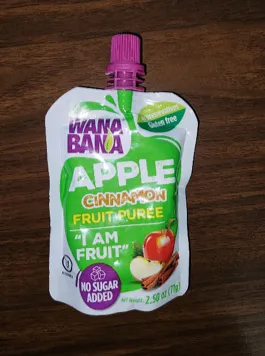Standard Surveillance Definitions and Classifications
CDC applies the following nationally consistent standard definitions and classifications for blood lead surveillance data from all states:
Definitions
- Test: Any blood lead draw (capillary, venous or unknown sample type) on a child <16 years of age that produces a quantifiable result and is analyzed by a Clinical Laboratory Improvement Amendments (CLIA)-certified facility or an approved (CLIA waived) portable device.
- Test type: A blood lead test may be collected for screening, confirmation, or follow-up.
- Sample type: A blood lead test may be collected as a venous, capillary, or unknown blood specimen type.
- Screening test: A blood lead test for a child age <72 months who previously did not have a confirmed elevated BLL. (A child may be screened in multiple years or even multiple times within a given year, but would be counted only once for each year.)
- Elevated BLL: A single blood lead test (capillary or venous) at or above the CDC blood lead reference value of 5 µg/dL was established in 2012.
- Confirmed elevated BLL ≥ 5 μg/dL: A child with one venous blood test ≥ 5 μg/dL or two capillary blood tests ≥ 5 μg/dL drawn within 12 weeks of each other.
- Unconfirmed elevated BLL ≥ 5 μg/dL: A single capillary blood lead test ≥ 5 μg/dL or two capillary tests ≥ 5 μg/dL drawn more than 12 weeks apart.
- Percent of children with elevated BLLs: The number of children less than 72 months of age with an elevated blood lead level ≥ 5 µg/dL divided by the number of children less than 72 months of age tested for blood lead, multiplied by 100.
- Percent of children tested: The number of children less than 72 months of age tested for blood lead divided by the total number of children less than 72 months of age within a geographic unit (i.e., county or state) based on annual intercensal estimates for the most recent U.S. Census data, multiplied by 100. (Also referred to as “screening penetrance”).
Classifications
A child is counted only once for each year in which he or she is tested and has a confirmed elevated BLL. Once a child has had one confirmed elevated BLL if, in subsequent years, he or she has another elevated test result (regardless of the test type), we include that child in the counts showing the number of children with confirmed elevated BLLs for each year that child continues to have an elevated BLL test result. However if, in a subsequent year, a child with a confirmed elevated BLL has no follow-up test or only follow-up tests that are below 5 μg/dL, then the child would not be counted with confirmed elevated BLLs, but would be included in counts of children tested that year.
Page last reviewed: July 30, 2019
Content source: National Center for Environmental Health, Division of Environmental Health Science and Practice



